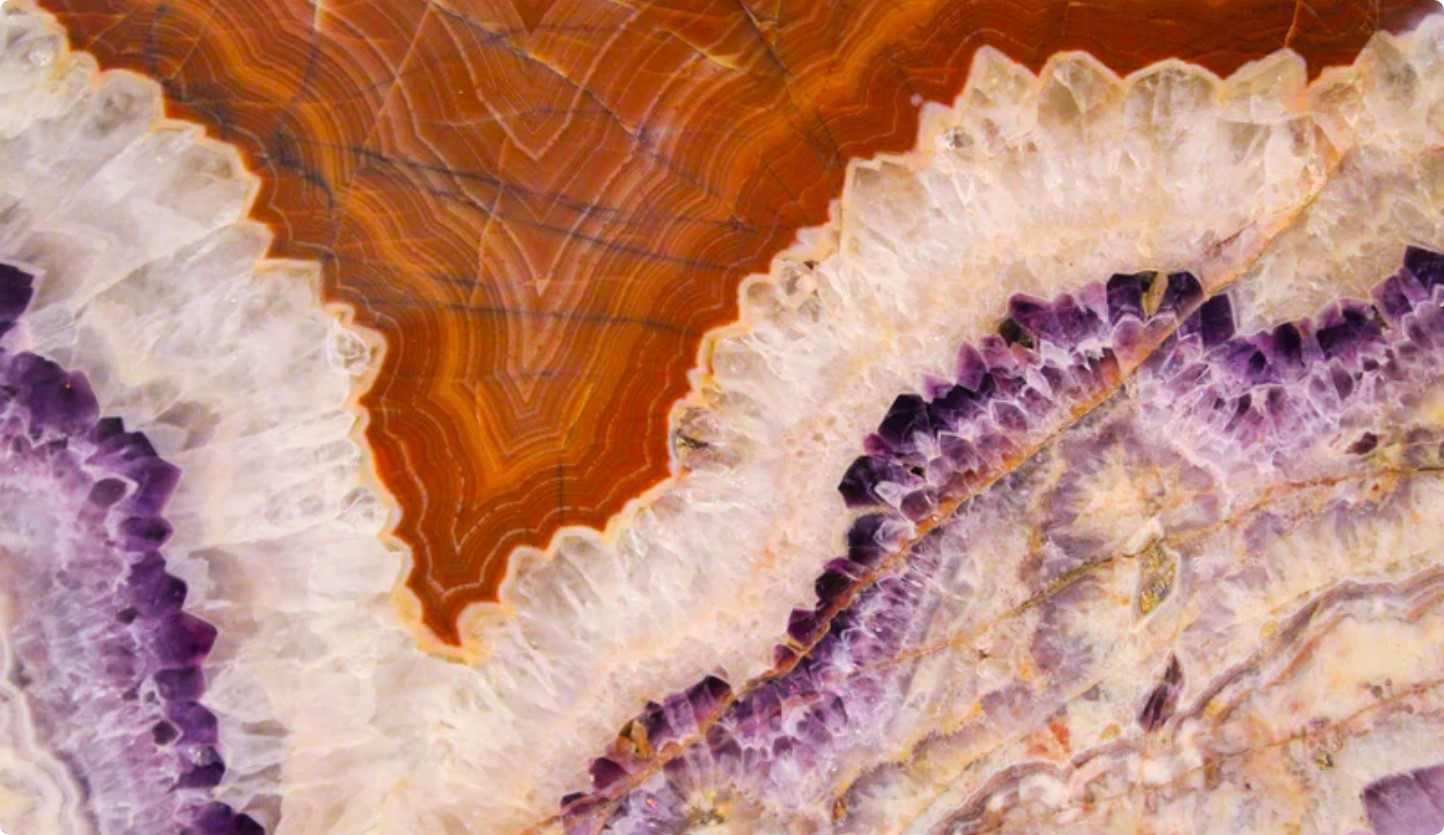BACK IN THE DAY

September 13, 2021
The Mandalay Jade Market
Picture a compound about the size of football field with an entrance at two opposite ends and with throngs of people, shoulder to shoulder, filling a grid of passages with boisterous commerce. For someone who understands what is going on it is an immersive experience like no other.
Here is a market that has been the most important marketplace for the trading of Jadeite Jade, mined in the northern provinces of Myanmar, for hundreds of years. You read about gambling over boulders with little “windows” – it’s true, I saw them there. Some merchants were carrying parts of boulders around to buyers and some sellers had boulders displayed on tables.
In the mining area, up country, jets of water under high pressure are used to wash away whole hillsides. As the mud is washed away boulders are discovered. They know if it is jade when they see it as it has a kind of waxy skin that looks like rind. But they can’t know what’s inside it. You see - within the boulder there are pockets of color and areas of impurities, some very rare and valuable and others very much more common place. It is nature at its random best. It very is possible to find a pocket of really valuable material in an otherwise mundane common looking boulder specimen.
An even, translucent, “Imperial” green with no flaws is the most desired color and quality as it is very rare and commands a lot of money. In aggregate, the material comes in all different shades of green from apple to pea soup as well as brown to oranges, various shades of violet, and finally there is a soft creamy color that can look like lard. There is material that contains green, cream and violet all together.
In the first transaction the boulder is put up for sale near to the mines. The seller makes a groove on the surface about two fingers wide, the length of a finger and about 1 centimeter deep. This is done with an abrasive wheel. The grove is then polished and that becomes a “window” into the boulder. The buyer will spend a great deal of time examining this window to determine how much money he is prepared to gamble on what the entire boulder contains. The texture of the material (how fine its crypto-crystalline structure) is easily determined by the appearance of the window, the basic color and translucency of the material also becomes apparent. But there are always surprises. It is when powerful lights are shined into the window and through the stone from behind, that real differences become apparent. You can then see how heavily the stone is fractured and you can see pockets of more dense material and more concentrated color.
After the first transaction the buyer will bring the boulder into Mandalay town into the marketplace. There he can avail himself of any of the myriad services on offer in the stalls. The boulder will eventually reach a stall where they have large saws, and it will be cut into smaller pieces – slabs. I observed that, at this stage, a number of what I assumed were very experienced cutters would give their opinions on where to cut and at what angle. The owner of the boulder would be a big winner or big loser depending on what is discovered here, relative to what he paid for the material. This is where the gamble is “called” as this is where the boulder will reveal its secrets.
You can follow and watch the transformative process whereby the rough material becomes a finished product. There were stalls where only slabs were on display and traded. Next were the stall where slabs were further processed and cut into preformed shapes for gemstones, carvings or bracelets. Then there were stalls where the preformed gems were polished into finished cabochons and bracelets were fully shaped and polished. At each stage one could either contract a service to do some work or simply buy and sell materials.
Each of these subsets of service providers were all located within the same general areas within the market. The hustle and bustle were non- stop as you stepped aside to let some gents carrying boulders on their shoulders pass and you skirted around groups of brokers haggling over materials at counters. There is a grid that holds the market together and when you slip down another passage to avoid a choke point, you find yourself in an area that is engaged in a different aspect of the trade, like a surprise and a revelation.
One thing I did notice was I did not see a lot of cash changing hands. I had to assume there was some kind of a clearing house or repository system to which one went to settle a deal.
Finally, there were the stalls with finished goods. All manner of goods, but each specialized in a particular item type. One stall would display cabochon material in all shades of green, another only bracelets, another carvings, and then another showing cabochon materials that were all colors except green. If you knew what to look for, it was clear that there were many pockets of very extensive and long experience in each detailed facet of the jade trade. As it should be since the trade there dates back centuries. It is fascinating.